
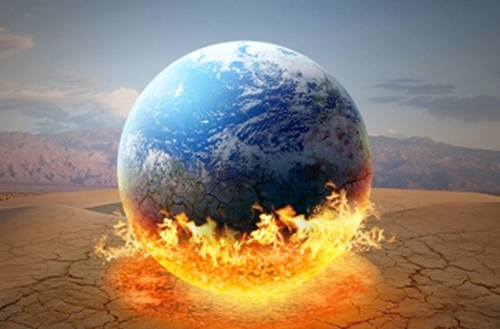
Let's Protect Our Earth!

Columnist
Sung Jin-yeol Safety and Environment Support Team

#INTRO
Let's rally to protect our ailing Earth!
Did you know that over 93% of the energy needed in our daily lives and industrial fields is imported? Due to limited reserves of fossil fuels, our country imports coal, oil, natural gas, and even uranium (essential for nuclear power generation) from abroad. Importing such significant energy exposes us to severe confusion when global energy prices surge. Overusing limited fossil fuels has led to wars over resources and worsening global warming, deteriorating the Earth's condition daily.
The solution to these issues lies in “renewable energy.” As renewable energy is continuously available from nature, countries like ours, with scarce fossil fuels, can produce and use energy without worries about imports or depletion. Additionally, renewable energy addresses environmental issues since it is a clean resource. Let's now delve into strategies for combating climate change.
1 Climate Crisis
Climate change refers to the gradual rise of the Earth's average temperature, causing abrupt changes in global climate patterns. The World Health Organization (WHO) warned, “The era of global warming has ended. We have entered the age of a boiling Earth.” Indeed, the Earth has crossed the threshold of known warming, entering a phase of overheating.
This climate crisis leads to a crisis for life itself. Direct human casualties result from disasters like “heatwaves, typhoons, torrential rains, wildfires, and droughts,” and indirect damage is incurred through the collapse of ecosystems in “air quality, water quality, and farmland.” Climate change increasingly impacts us with greater intensity and speed, leading us to unprecedented calamities.
Once perceived as a distant threat, climate change has rapidly emerged as humanity's most urgent issue. To preserve our future, we must recognize the severity of abnormal weather and cooperate in response.
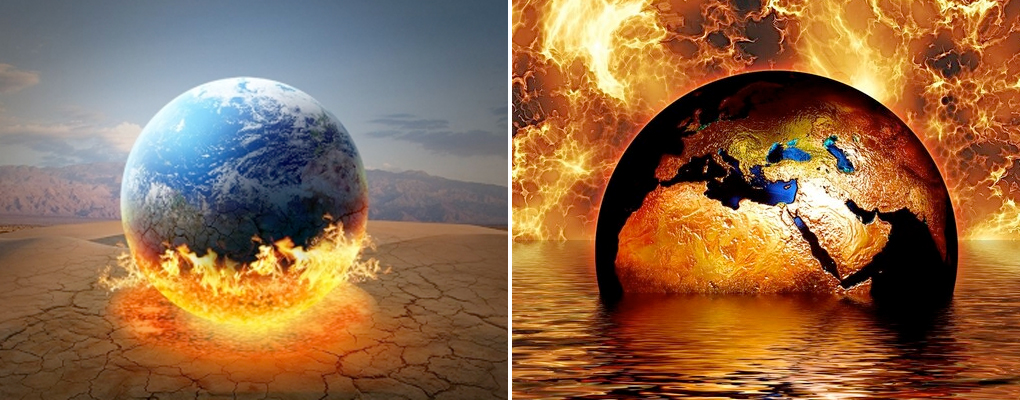
2 The Era of Energy Security
Humanity has undergone two industrial revolutions through energy transitions. A look at our used energy sources reveals that they all fall under fossil fuels (coal, oil, gas). While these fossil energies have enriched our lives, they have also emitted enormous quantities of greenhouse gases, triggering climate change.
A global consensus is forming on climate change, and various countries have declared carbon neutrality. South Korea pledged “Carbon Neutrality by 2050,” with the promised participation of many domestic companies (Carbon neutrality entails reduction of greenhouse gas emissions and presentation of a plan for removal of the remaining emissions to achieve a zero emission level). In line with this, Amorepacific has declared “2030 RE100+ Carbon Neutrality,” becoming the first in the domestic cosmetics industry to make such a commitment. Amorepacific is undertaking various projects, such as expanding renewable energy, signing Power Purchase Agreements (PPA), and participating in green premium bids to achieve RE100 (converting 100% of power usage to renewable energy).
Furthermore, the Osan Beauty Park facility aims to self-reduce 5% of its total greenhouse gas emissions annually. This will be achieved through systematic energy analysis and efficient energy consumption to enhance the smart grid operation system. Efficient energy control systems through inverter operation of air conditioners, pumps, dust collectors; recovering photovoltaic power wasted during weekends and holidays; automatic valve control in packaging lines to prevent leakage; reducing peak power and electricity costs through use of cheap night-time electricity (ESS, heat storage); improving boiler efficiency during night-time hours; constructing a natural cooling system (heat exchanger) using outdoor temperatures in winter; flexible control of 24-hour fixed operation facilities (constant temperature and humidity machines, unit heaters) through digital system integration; and humidity improvement through heat pipe technology. Based on all of these innovations, Amorepacific is establishing a self-reliant energy model and a smart grid operational system.
Amorepacific's strides in sustainable energy management, achieved through the direction of sub-committees formed at each site and collaboration to achieve SCM AP RE100 and carbon neutrality, are receiving positive evaluations.
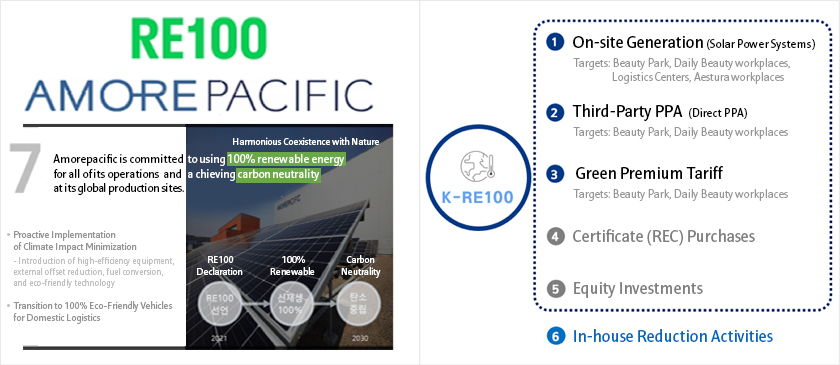
Renewable energy, a regenerative energy source, is categorized into new energy (fuel cells, coal liquefaction and gasification, hydrogen energy) based on the means of transition and energy forms, and renewable energy (solar, solar thermal, bio, wind, hydro, geothermal, waste) based on the type of energy source. Unlike fossil fuels, these energies do not emit greenhouse gases and are inexhaustible, and are thus recognized as a means to address energy security and climate change issues.
South Korea has recorded the highest growth rate in energy consumption and greenhouse gas emissions worldwide in the past decade. In contrast, renewable energy accounts for only 7.5% of total power production, reportedly the lowest among OECD countries. For a manufacturing-centric nation like ours, which is heavily reliant on fossil energy, renewable energy is highly sensitive to natural conditions and has lower development efficiency.
However, transitioning to renewable energy is among our most crucial and urgent tasks. Countries worldwide actively pursue alternative energy development to increase energy self-sufficiency and reduce environmental pollution. In South Korea, bolstered by government support, investment in renewable energy is growing rapidly, with various policies underway to raise the renewable energy proportion to over 10% by 2030.
In line with this trend, Amorepacific is investing in diverse renewable energy sources like “solar, hydro, and geothermal,” making strides as an eco-friendly global corporation. At the Osan Beauty Park, solar power facilities generate more than 15% of the site's total electricity, reducing consumption. Additionally, rooftop solar installations enhance building insulation, reducing heating and cooling loads. Solar installations in parking lots provide comfortable driving conditions for employees during the winter, summer, and monsoon seasons. This generated renewable energy aids in peak power distribution, reducing basic electricity costs and contributing to national power supply stabilization.
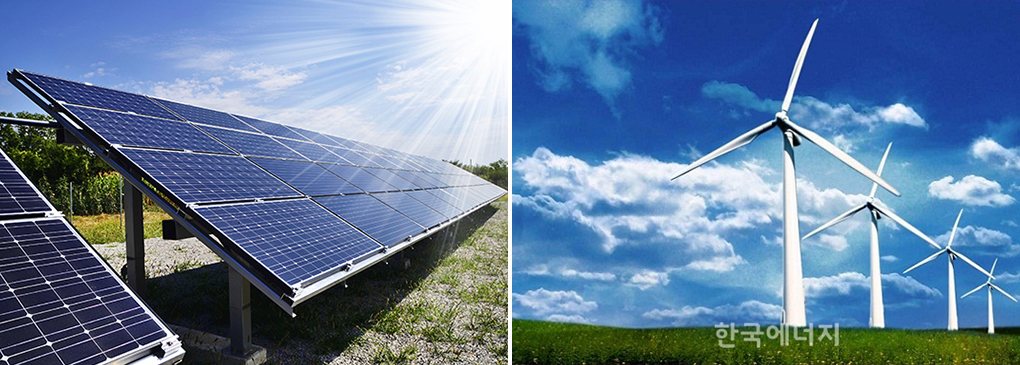
3 Let's Reduce Our Carbon Footprint!
We must expand facility investments (renewable energy, energy infrastructure, technology development) to overcome the climate crisis. While there are limits to an individual's role, the climate crisis is often seen as an opportunity. In the past, Korea transformed from a barren land to an envied economic powerhouse, thanks to every individual's effort. Based on this experience, we must become a global leader in carbon neutrality.
For this, we need everyone's small but collective attention. Even daily, we can participate in energy conservation and environmental protection. First, we should reduce our direct and indirect carbon footprints (the total carbon dioxide emissions from human activities, production, and consumption). Direct emissions include fossil fuel processing, while indirect emissions relate to electricity consumption. Energy conservation can be achieved by choosing walking, cycling, and public transport over private vehicles, reducing meat consumption, minimizing waste, and recycling. These actions are directly linked to increased physical activity and decreased saturated fat intake, offering dual benefits.
Ultimately, the solution to the climate crisis caused by human actions can be found only in changing human behavior. If we start with small, achievable steps, might we not see the climate crisis disappear?
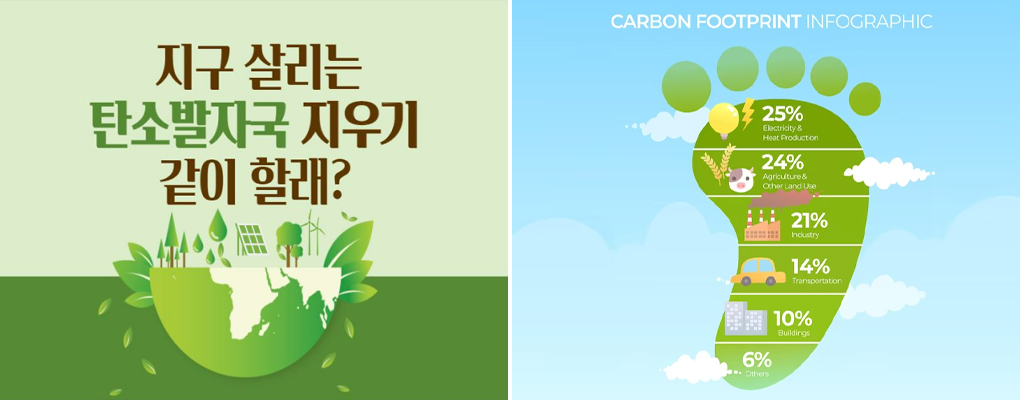
-
Like
1 -
Recommend
0 -
Thumbs up
3 -
Supporting
0 -
Want follow-up article
0


